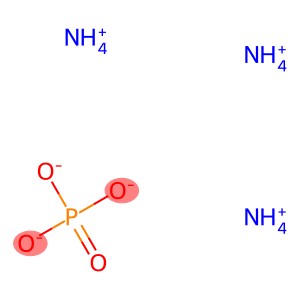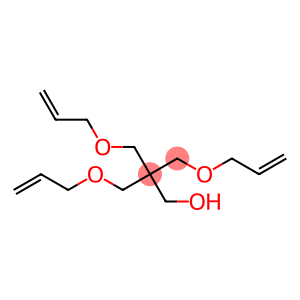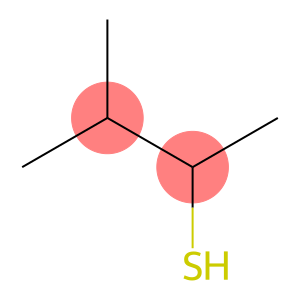Ammonium polyphosphate CAS 68333-79-9
Introduction
Ammonium polyphosphate (PAAP for short) is an inorganic polymer with flame retardant and fire-resistant properties. Its molecular structure consists of polymers of phosphate and ammonium ions.
Ammonium polyphosphate is widely used in flame retardants, refractory materials and fire-retardant coatings. It can effectively improve the flame retardant performance of the material, delay the combustion process, inhibit the spread of flames, and reduce the release of harmful gases and smoke.
The method of preparing ammonium polyphosphate usually involves the reaction of phosphoric acid and ammonium salts. During the reaction, chemical bonds between phosphate and ammonium ions are formed, forming polymers with multiple phosphate and ammonium ion units.
Safety Information: Ammonium polyphosphate is relatively safe under normal use and storage conditions. Avoid inhaling ammonium polyphosphate dust as it can cause respiratory problems. When handling ammonium polyphosphate, strictly follow the relevant safety operating procedures and properly store and dispose of the compound.








